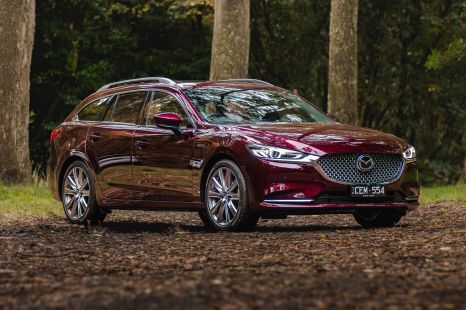

William Stopford
The cars axed in 2025 that we'll miss the most
1 Day Ago

Contributor
Hyundai’s critical Toyota RAV4 rival has been given a radical makeover.
Forget the practical, slightly dowdy family hauler you’re familiar with. The 2021 Hyundai Tucson debuts a sharp new styling direction, and backs it up with a high-tech interior, a full suite of driver assists, and a sporty N-Line option for the first time.
The Tucson is critical for Hyundai in Australia. With 9335 sold to date in 2020, it’s the brand’s second-best selling vehicle in Australia, and goes head-to-head with the rampantly popular Toyota RAV4, Mazda CX-5, and Nissan X-Trail.
With a new X-Trail coming next year, technology updates coming for the Mazda CX-5, and updates rolling out to the Honda CR-V imminently, the new Tucson needs to be good to stand out.
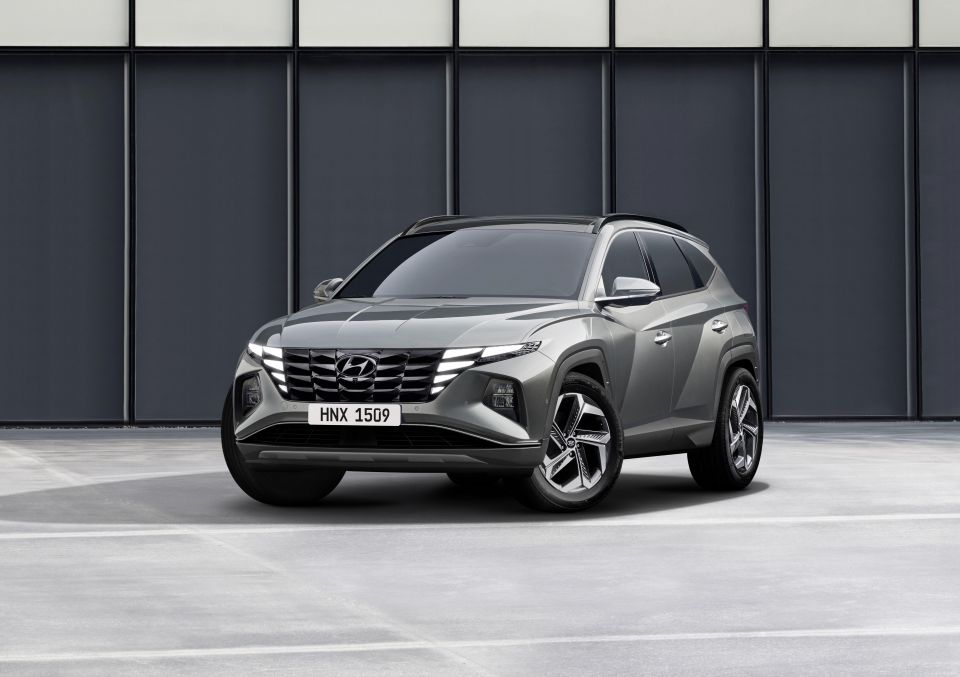
Hyundai hasn’t confirmed whether the hybrid and plug-in hybrid powertrains being offered overseas will come to Australia just yet. Given the success of the Toyota RAV4 hybrid, and the fact it has locked in the Santa Fe hybrid for next year, we would bet on at least the regular Tucson hybrid making its way to Australia.
Peugeot has locked in the 3008 PHEV, Ford will sell the Escape PHEV, and Mitsubishi is planning an upgraded Outlander PHEV for 2021, so the plug-in hybrid Tucson wouldn’t be short of competition.
The 2021 Tucson will be available with updated versions of the existing engines when it arrives next year.
That means the base engine will be a naturally-aspirated 2.0-litre four-cylinder petrol, sitting below a turbocharged 1.6-litre petrol and 2.0-litre turbo-diesel.

Two versions of the Tucson will be available globally, but Australia will only get the larger option.
Measuring up at 4630mm long, 1865mm wide, and 1665mm tall with a 2755mm wheelbase, the new Tucson is 15mm longer than a Toyota RAV4 with a 65mm longer wheelbase, although both are the same width.
Inside, the new Tucson represents a massive step forward from the functional but dated cabin of the current model – which is actually only five years old.
The driver is faced with two 10.25-inch displays; a digital instrument binnacle and a touchscreen infotainment system. Hyundai has separated the climate controls from the touchscreen, rather than following in the footsteps of Peugeot and burying them in the menu.
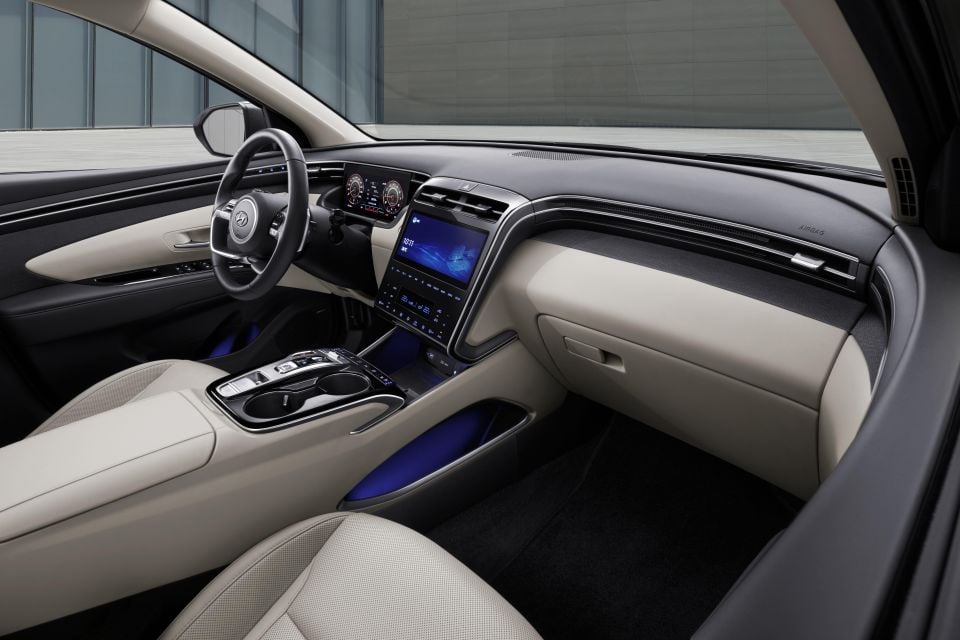
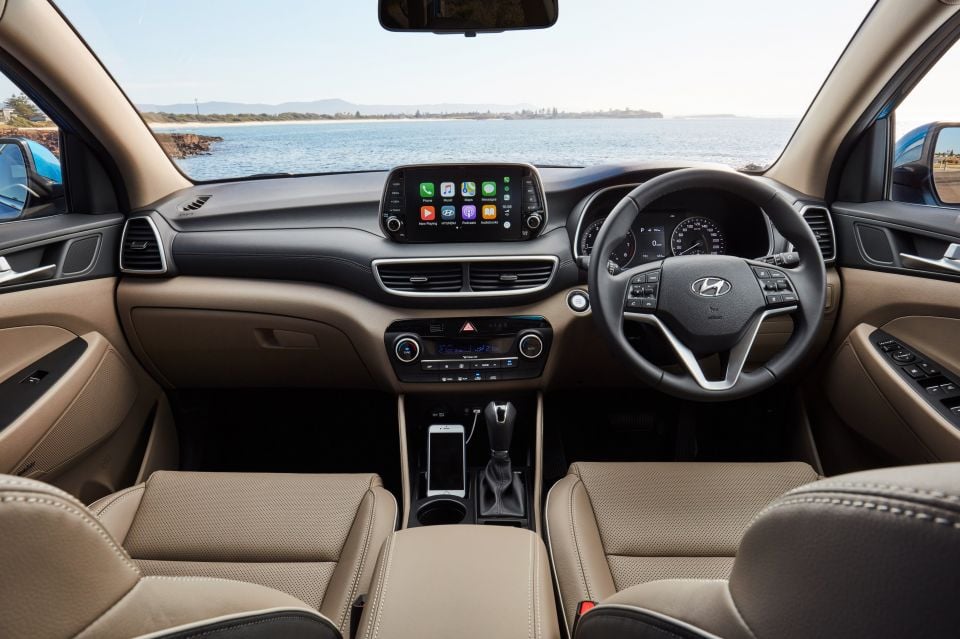
There’s wireless Apple CarPlay and Android Auto, satellite navigation, Bluetooth connectivity for two phones, and a new native voice control system designed to be more natural than before.
If you’re key-averse, the car can be unlocked with an NFC-enabled smartphone. Using a connected app owners can also start/stop the engine, activate the climate control, and start the panic alarm.
There are also premium touches such as 64-colour ambient lighting, and plenty of silver garnish. Hyundai says there’s 1095L of boot space with the rear seats folded, but hasn’t disclosed figures for when they’re raised.
The current Tucson has 488L, and the best-selling Toyota RAV4 offers 580L.
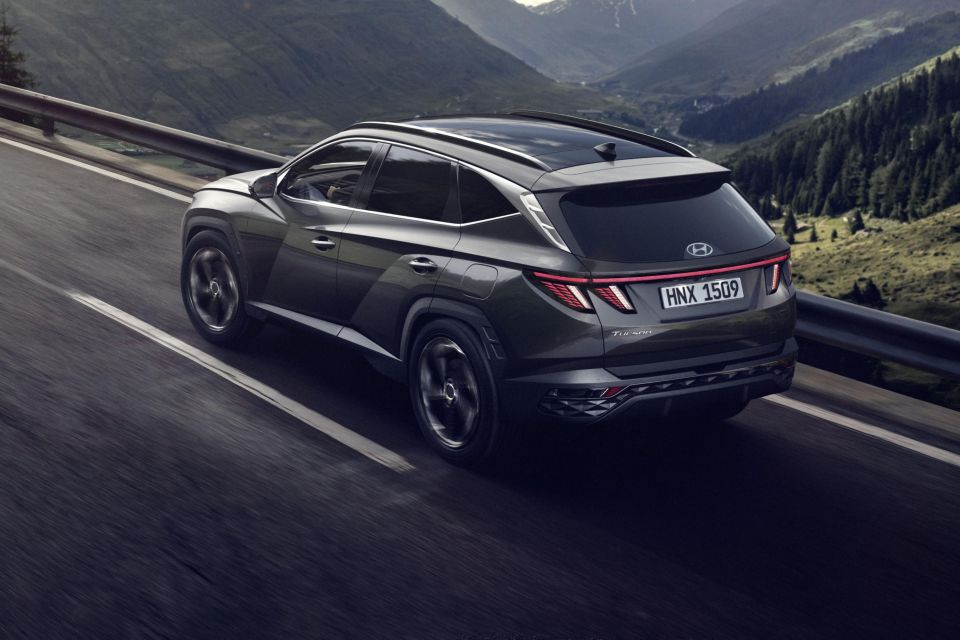
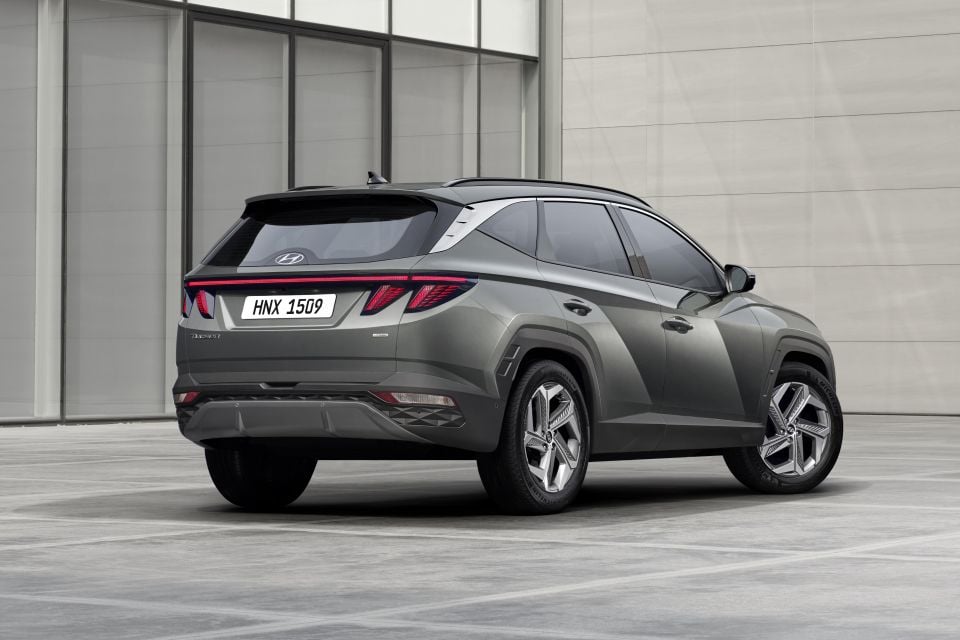
Standard equipment hasn’t been revealed yet for Australia, but the Tucson will be available with a full suite of active safety assists. Autonomous emergency braking, lane-keeping assist, blind-spot monitoring, blind-spot monitoring, a surround-view monitor, high-beam assist, rear cross-traffic alert, and adaptive cruise control will be available.
Also added to the suite of options is safe exit warning, which beeps if the driver is about to open their door into the path of traffic or a cyclist, and lane-follow assist, which is an advanced lane-keeping assist system designed to keep you in the middle of your lane on the highway.
As for the exterior? Hyundai says the new design represents something called Parametric Design, with jewel-like surface detailing. It’s certainly distinctive, and looks far sportier than the current (and quite conventional) model.
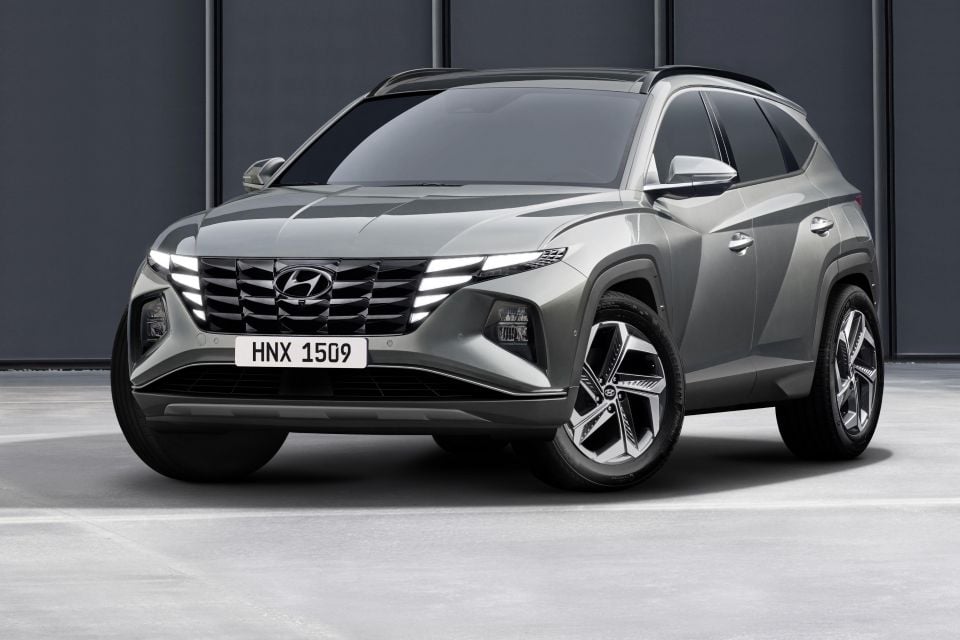
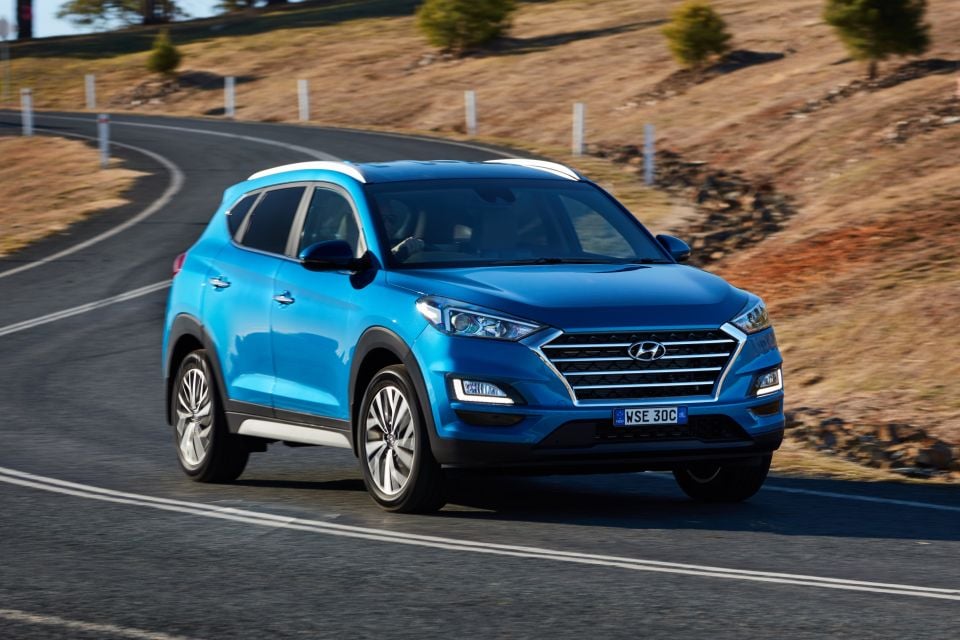

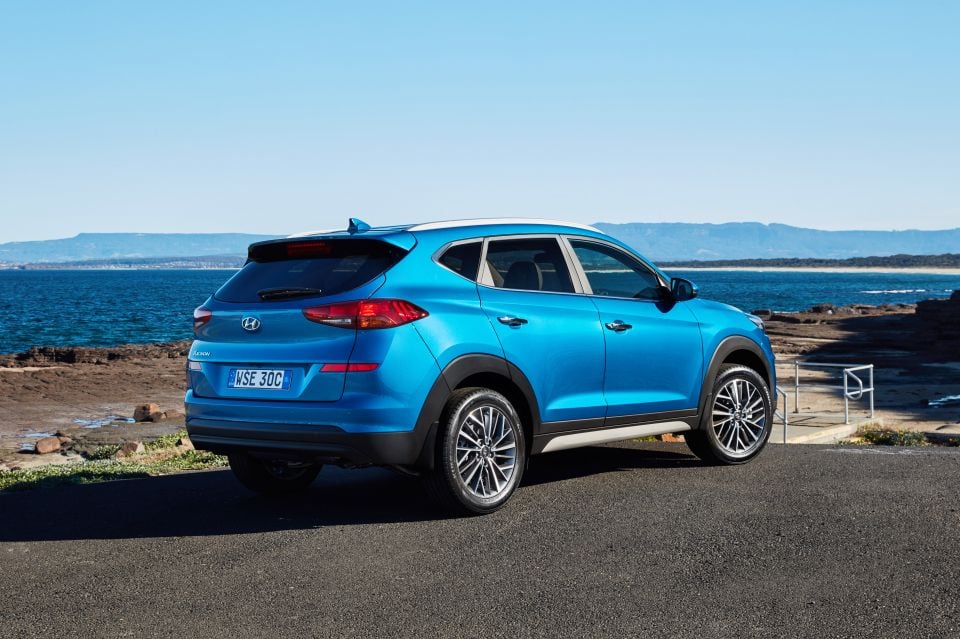
We’ll leave judgement to you in the comments. The new Hyundai Tucson will arrive in Australia in the first half of 2021.
Where expert car reviews meet expert car buying – CarExpert gives you trusted advice, personalised service and real savings on your next new car.
Scott Collie is an automotive journalist based in Melbourne, Australia. Scott studied journalism at RMIT University and, after a lifelong obsession with everything automotive, started covering the car industry shortly afterwards. He has a passion for travel, and is an avid Melbourne Demons supporter.


William Stopford
1 Day Ago
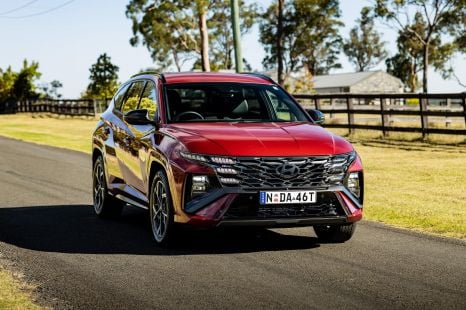

Matt Campbell
1 Day Ago
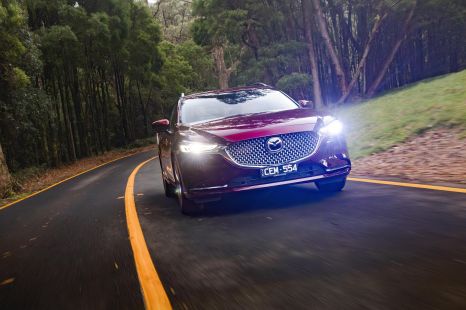

William Stopford
2 Days Ago
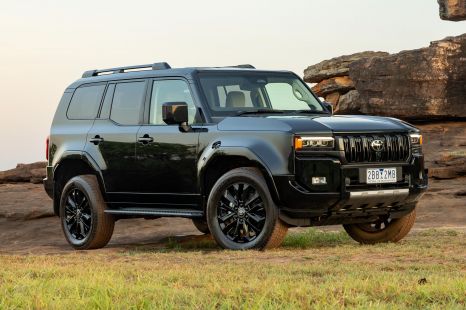

Josh Nevett
4 Days Ago
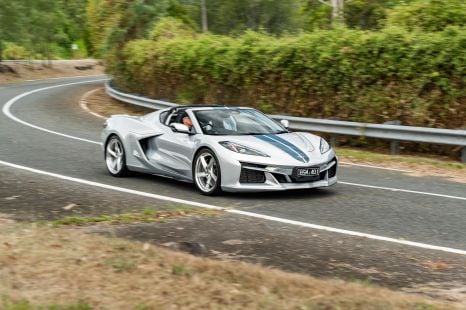

CarExpert.com.au
5 Days Ago
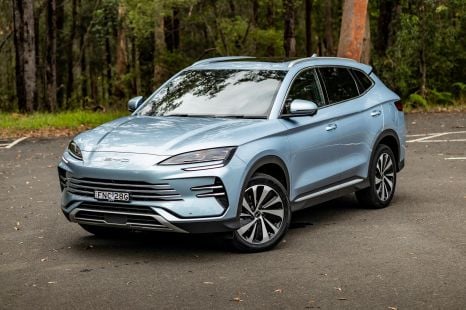

Josh Nevett
6 Days Ago